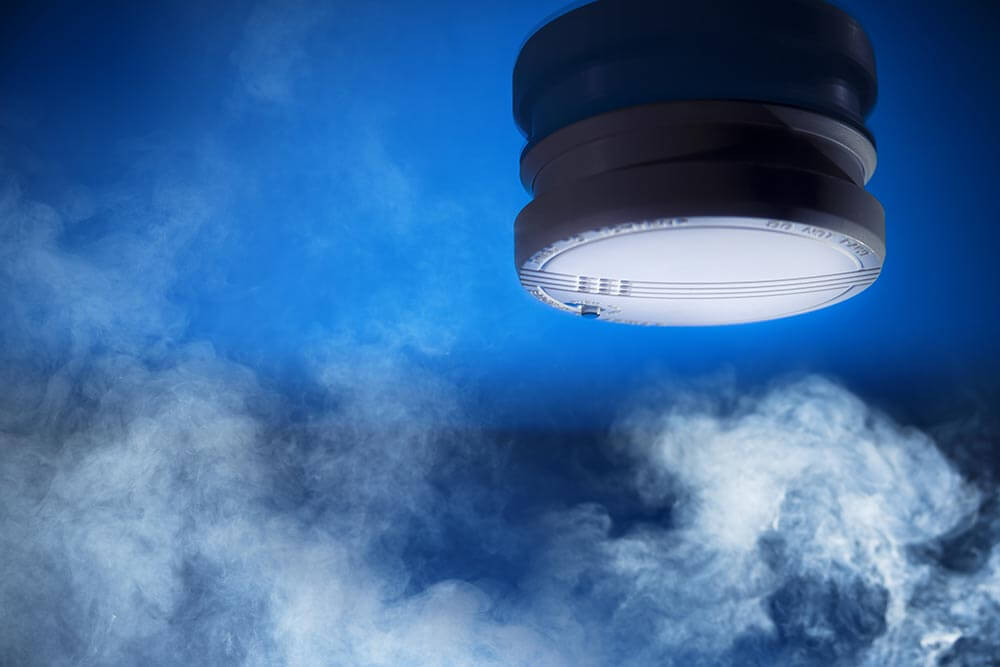(ARA) – It’s colorless, odorless and the No. 1 cause of accidental poisoning in the United States. And, it worsens in the winter.
Known as the “silent killer,” carbon monoxide (CO) is responsible for an average of 450 deaths and 20,000 emergency room visits each year, according to the Journal of the American Medical Association. With more than two-fifths of all CO poisonings occurring between December and February, homeowners are at increased risk once temperatures begin to drop.
“During the winter months, many families turn to heating sources they might not use at other times of the year,” says Deborah Hanson, director of external affairs for First Alert, the most trusted name in home safety. “While these heating sources may be effective at providing warmth, they also can pose great risks if not used properly. To help protect loved ones from the dangers of CO poisoning, it is important for homeowners to take proper precautions when dealing with any kind of fuel-burning heat source.”
First Alert recommends the following tips and tools for keeping your home and loved ones warm – and safe – this winter and all year long:
Protect against CO poisoning
Run kitchen vents or exhaust fans any time the stove is in use. The kitchen stove is among the most frequent sources of CO poisoning in the home. To help eliminate danger of overexposure, never use the oven to heat a home. Always run exhaust fans when cooking, especially during the holidays when stoves are left on for longer periods of time. Also, open a nearby window periodically when cooking to allow fresh air to circulate.
Never use generators indoors. In the case of a power outage, portable electricity generators must be used outside only with power brought into the structure with a cord. Never use them inside the home, in a garage or in any confined area that can allow CO to collect. And be careful to follow operating instructions closely. Also refrain from using charcoal grills, camp stoves or other similar devices indoors.
Have fuel-burning appliances inspected regularly. Arrange for a professional inspection of all fireplaces and fuel-burning appliances – such as furnaces, stoves, clothes dryers, water heaters and space heaters – annually to detect any CO leaks.
Be mindful of the garage. Warming the car in the morning before work is common during the winter months, but running vehicles inside an attached garage, even if the door is open, is hazardous, as CO can leak into the home.
Install/test CO alarms. Carbon monoxide alarms are the only way to detect this poisonous gas in a home. For maximum protection, alarms should be installed on every level of the home and near each sleeping area. Test alarm function monthly and change batteries every six months. In addition, alarms should be replaced every five to seven years to ensure proper function. If the installation date is unknown, replace immediately.
For more information on carbon monoxide safety, visit www.firstalert.com.

